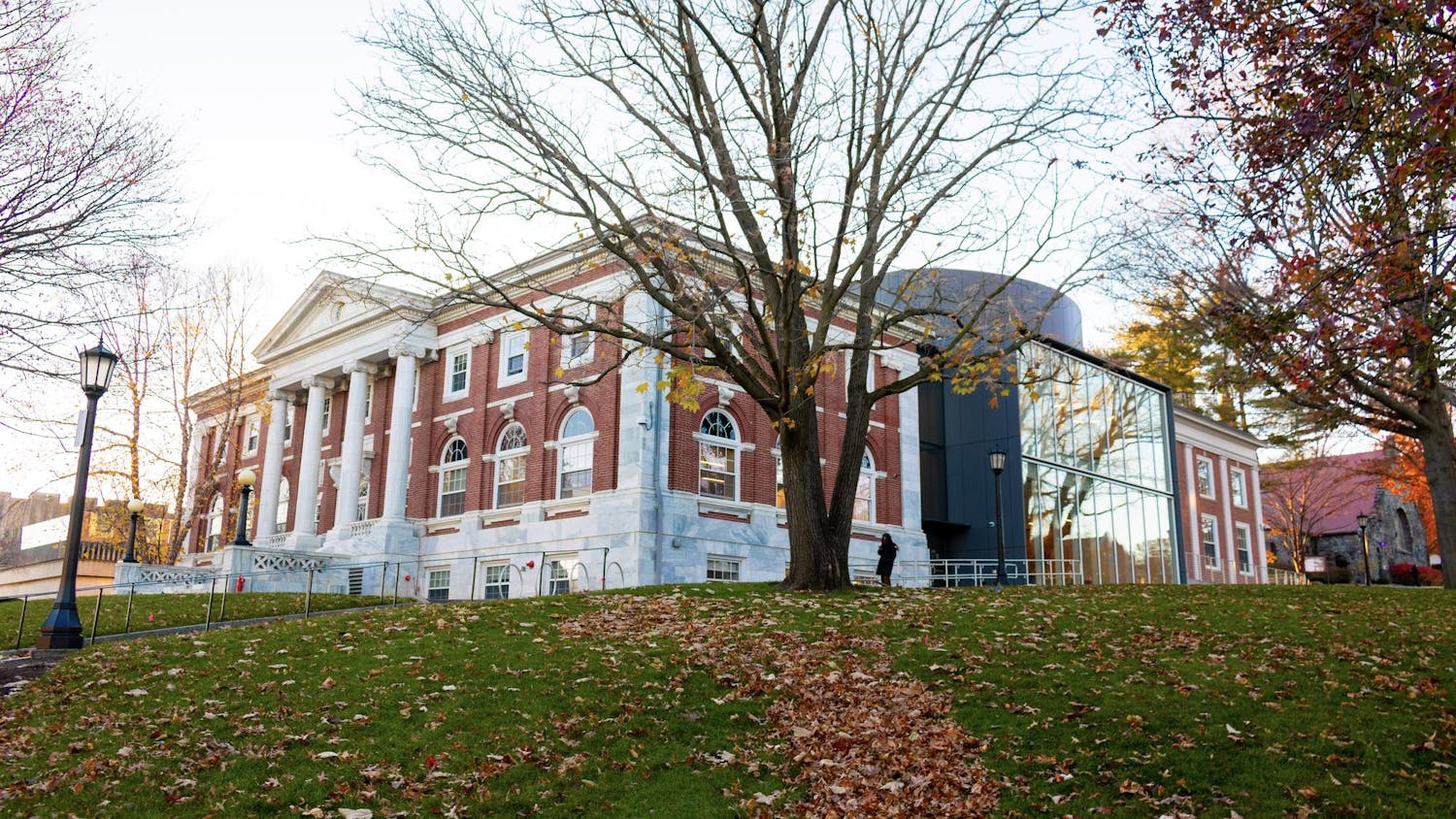It doesn’t take long for someone to bring up diversity, especially at Tufts. But what might seem like a universally understood and accepted idea, at least along party lines, is actually more complicated than one might expect. Is Tufts diverse enough? Are we seeking out the right type of diversity? Let’s take a look at what it means to be diverse, check in on how Tufts’ demographics stack up and talk about why racial diversity isn’t the only component to a diverse space.
The exact definition of diversity is difficult to pin down. For the purposes of this article, we’ll operate with the understanding that a perfectly 'diverse' group of people is one that mimics its surroundings proportionally. Logically then, the context with which you frame a group can have a significant impact on how diverse it appears — but remember that appearances can be deceiving. The type of diversity that often comes to mind first is racial diversity.
For example, we’ll look at Tufts’ undergraduate student body in the context of the U.S.. I’ve chosen the country as a whole because Tufts draws primarily from a nationally-representative pool, and thus it would be inaccurate to compare its proportions to immediate surroundings like Medford or Boston. In this context, Tufts’ demographics approach, but still do not mirror, that of the country.
But should we be concerned with other types of diversity in both academia and employment? Many business leaders and academics say yes. As Denise Brodey of Forbes writes, only 18% of working-age adults with disabilities like autism, ADHD, dyslexia or other learning impairments are employed as of 2016. She argues that this statistic reveals a huge workforce sitting idle with its talents on the sideline. In fact, some companies such as Microsoft have started hiring programs specifically for autistic workers.
In academia, University of North Carolina at Chapel Hill professor Molly Worthenbelieves that there is some cause for concern on college campuses regarding intellectual diversity in the realm of differing social and political ideologies. She cites a recent Gallup/Knight survey that found that 92% of college students believe liberal students are able to share their opinions freely, while only 69% believe the same is true for conservative students.
Diversity is much more than the color of our skin or the genealogy of our ancestors. To truly encapsulate a broad and extensive pool of human experience, ability and intellect, society must develop a multifaceted definition of diversity. Appreciating discord, managing differing beliefs, and understanding various backgrounds, cognitive abilities and values is not an optional skill in today’s world. It’s a professional skill. To truly hone that skill, we should seek out political perspectives that we don’t agree with, inquire about the life stories of the people around us and better our understanding of beliefs that we do not share. Like most things, humanity exists on various spectrums. Culturally speaking, expanding our range of understanding within these spectrums can only help us learn, work and collaborate — even if we don’t like what we hear.
More from The Tufts Daily
Editorial: Letter to the Hill
By
The Editorial Board
| December 8
Are the Oscars really merit-based?
By
Jachin Lam
| December 8





